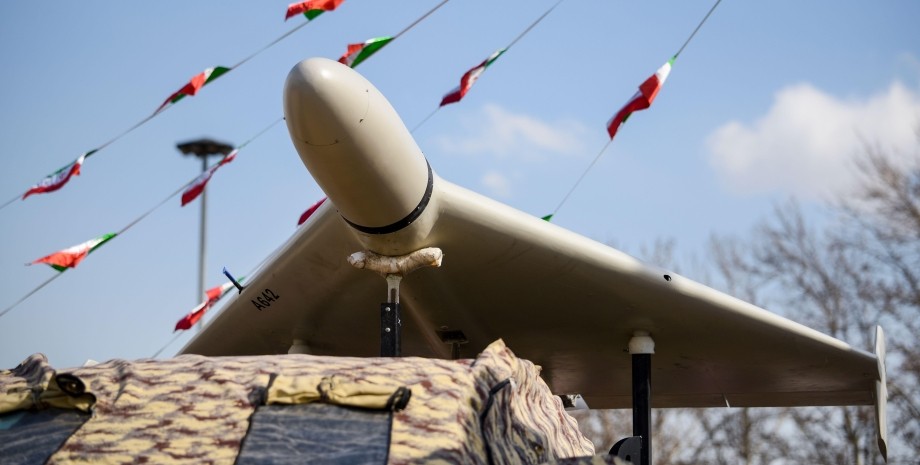
The first ShahED-131/136, which was shot down by the Armed Forces near Odessa, were accompanied by Mohajer-6 reconnaissance UAVs, which indicated the goals for the defeat. Probably, then Russian operators doubted the reliability of communication channels, accuracy and effective range of autonomous Iranian drones. Ukrainian troops shot down Mohajer-6 very well, shot him a screw, and then caught from the Black Sea virtually unharmed.
The occupiers quickly realized that each group could not be accompanied by more expensive and no less vulnerable Mohajer-6, so they soon entrusted Shahd to fly on their own, expanding the complex of drone control systems with their satellite navigation blocks.
A few months later, a frosty winter came, and the Armed Forces of the Russian Federation found the disadvantages of the original fuel system of Iranian UAV, and therefore replaced a number of its components with more reliable to withstand low temperatures. Since then, the Russians have constantly upgraded and improved the structure of Shahd, eliminating certain weaknesses, but in 2023 the scale of modifications reached their peak.
Engineers reviewed the concept of housing, which began to use the B-101 flight control blocks and the comte navigation modules in combination with the B-105 satellite navigation modules, which have long been standing on Russian Orlan-10 drones, "Forpost-P" and others. Initially, the Iranians installed four antennas on the fastener four antennas and connected them directly to the satellite navigation block, there was another independent navigation antenna.
In the Russian Federation simplified the structure, hiding four main antennas inside the body. In November 2023, the Russian Army first used ShahED-131/136 black. According to Alexander Kovalenko, at first it seemed that the Russians made a new glider using Carbon and other compositional materials to reduce the effective scattering area (EPR) of the drone and reduce the likelihood of detection by air defense.
But later the studies were shown - drones were simply painted with the help of conventional aerosol cans. They probably decided that black apparatus would be more difficult to see against the background of the night sky, because they are launched mostly at night. However, this did not help, because ShahED is noisy, relatively slowly fly and noticeable to all the radars of the air defense.
"Two findings found in Shahd-131/136 drones at the end of November were seriously worried about how deeply the Russians can improve these devices by turning a deadly terror remed They are used, and exclusively - in the back of Ukraine, where their victims are mostly civilians, " - emphasized the observer. The first find is the SIM card of the Ukrainian mobile operator installed on blocks printed on 3D printers.
So far, it is difficult for an expert to answer how the Armed Forces of the Russian Federation used cellular technologies, but we can assume that in this way they wanted to increase the stability of the drone control signal or increase the accuracy of the guidance. The second find is the combat part, probably thermobaric type. The occupiers may have been installed on shaped thermobaric elements as in jet shells for heavy flame -dumped systems "Solnicecco".
It is not possible to say for sure whether Russia will be able to serve such warheads on Iranian shock drones, but attempts to increase the power of the lesion have already been, and more than once. Earlier, the Russians tried to supplement the combat part of ShahED with the affected elements, but have not yet changed the structure of the explosive. So in the latter case, they say the sappers, found a new shell, but not stuffing.
It should not be ruled out that the Russians will not try to bring the idea with a thermobaric ammunition. If we summarize Shahd's evolutionary path, Russia could not make it a "elusive high -tech tool" from this drone, and ways to increase efficiency cause Alexander Kovalenko doubts. However, it cannot be deny that drones became a much more threatening means of terror than they were in 2022.










All rights reserved IN-Ukraine.info - 2022